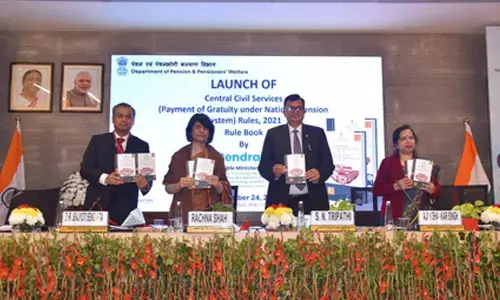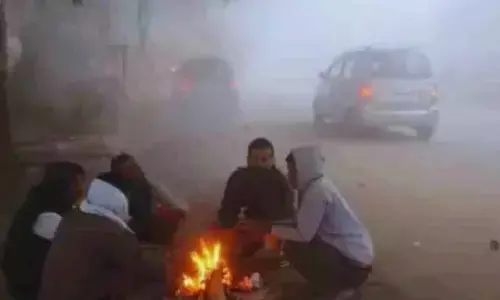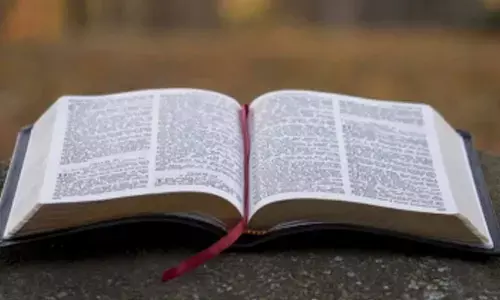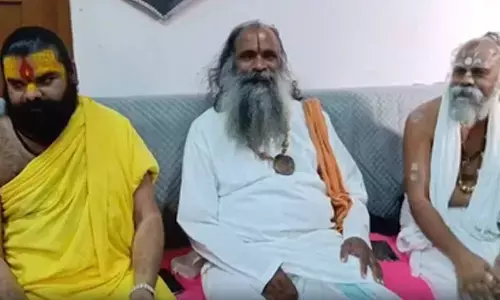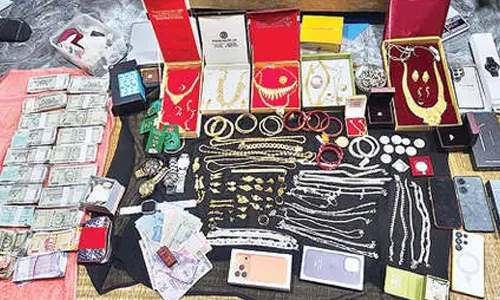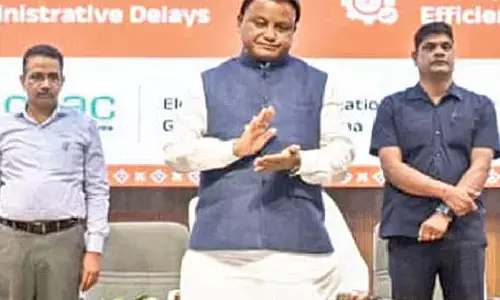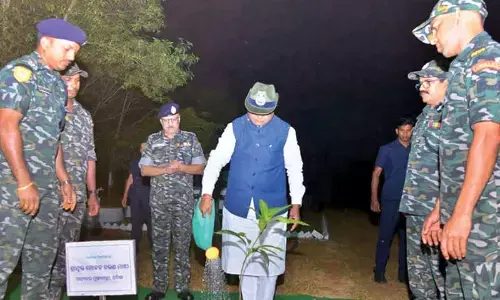Revised Bonded Labour Scheme-2016
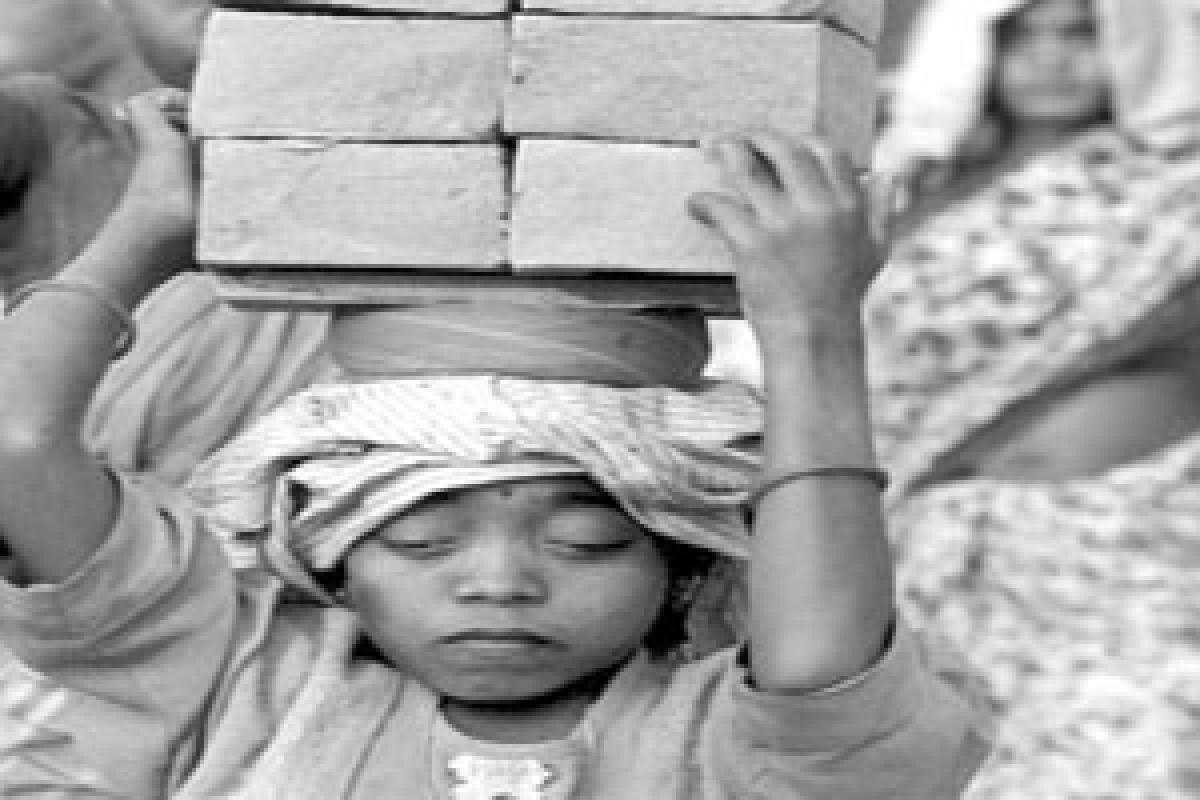
Instances of prevalence of forced and bonded labour system are noticed now and then even after its abolition by law with effect from 25thOctober, 1975.
Instances of prevalence of forced and bonded labour system are noticed now and then even after its abolition by law with effect from 25thOctober, 1975. The reasons are spelt out exhaustively at Section 2(g) of The Bonded Labour System (Abolition) Act, 1976. The root of the problem lies in the social customs and economic compulsions and they are yet to change in the desired direction. It is the responsibility of States to identify, release and rehabilitate the bonded labour.
The Act affords protection to the freed bonded labourers from eviction from their homestead. District Administration is mandated to restore the bonded labourer to the possession of such homestead or other residential premises as early as practicable. A Centrally Sponsored Plan Scheme for Rehabilitation of Bonded Labour was in operation since May, 1978. The Central government revamped the Scheme with effect from 17th May, 2016. The revamped scheme is known as the ‘Central Sector Scheme for Rehabilitation of Bonded Labourers, 2016.’
The revised scheme is a Central Sector Scheme. The State Government is not required to pay any matching contribution for the purpose of cash rehabilitation assistance. Financial assistance has been increased from Rs 20,000 to one lakh per adult male beneficiary, Rs 2 lakh for special category beneficiaries such as children including orphans or those rescued from organized and forced begging rings or other forms of forced child labour, and women and Rs 3 lakh in cases of bonded or forced labour involving extreme cases of deprivation or marginalization such as transgenders, or woman or children rescued from ostensible sexual exploitation such as brothels, massage parlours, placement agencies etc., or trafficking, or in cases of differently abled persons, or in situations where the District Magistrate deems fit.
Special care is made available by the State for addressing the needs of the disabled persons, female freed bonded labourers and bonded child labour by providing safe and secure environment for the capacity building of child bonded labourers, facilities for ensuring their proper education, short stay home till education upto class 12th, skill development, marriage assistance etc.The benefits prescribed above shall be, in addition to, other cash or non-cash benefits under any other scheme.









